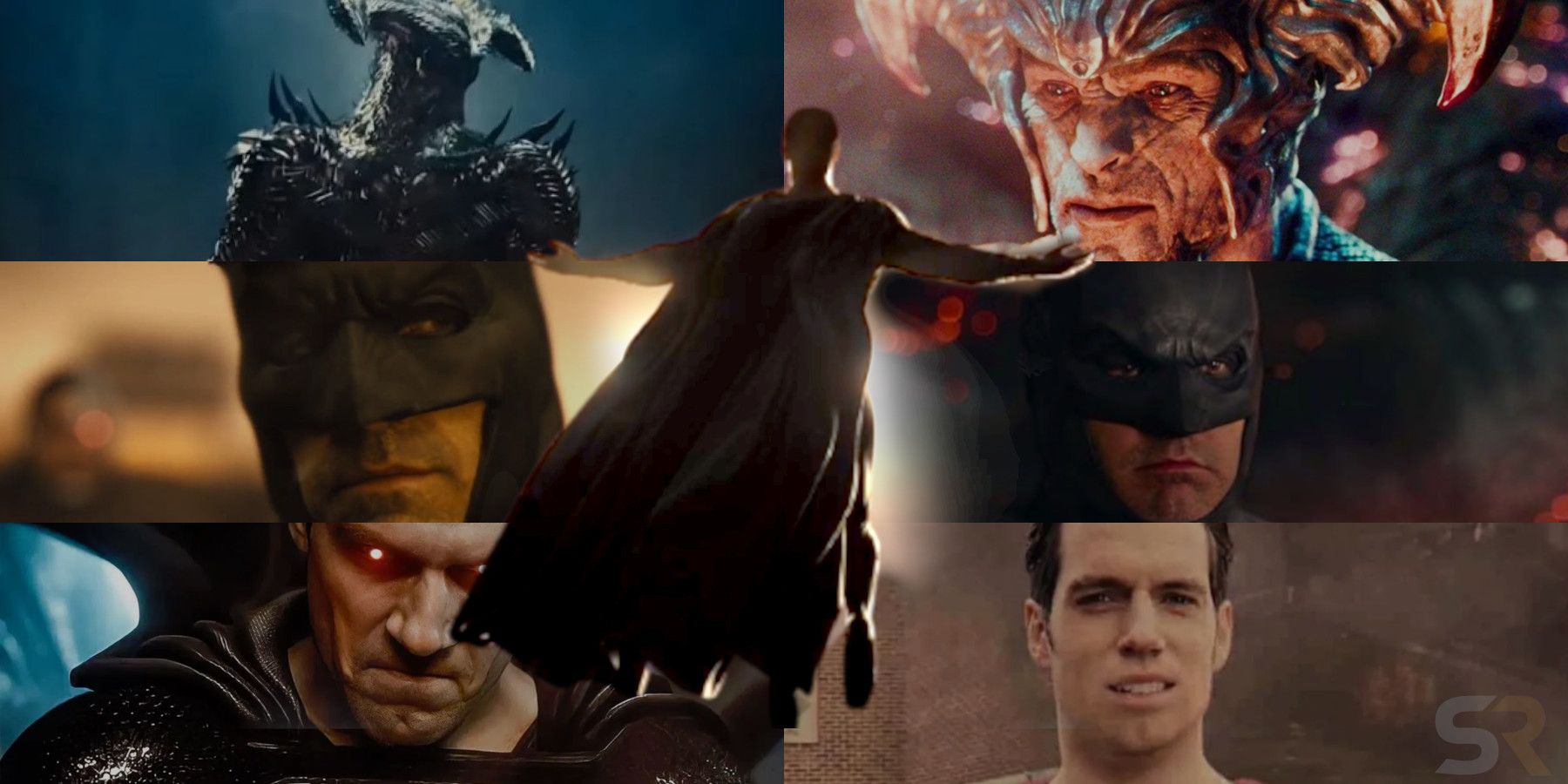
Zack Snyder's Justice League is finally streaming on HBO Max and other platforms around the world, so now that it's out we can finally see just how different it is from the 2017 cut by Joss Whedon. The Snyder Cut represents Zack Snyder's pure original vision for Justice League before he left teh project and Warner Bros. and Joss Whedon rewrote and reshot it to drastically alter the story and tone, and it's far more than just a color change and some deleted scenes, but almost a totally different movie outside of the basic plot skeleton (although that has some changes, too).
Thanks to non-stop demand for his version of the movie, HBO Max saw an opportunity and gave Snyder $70 million to finish his cut according to his original vision, and so far it's seen strong audience and critical reactions, with many viewers expressing shock at how different the Snyder Cut truly is.
Due to the massive difference and 4-hour runtime, it's not practical to list every minor tweak or scene addition, so this piece will cover the major differences from color and music and aspect ratio to restored characters and altered plotlines.
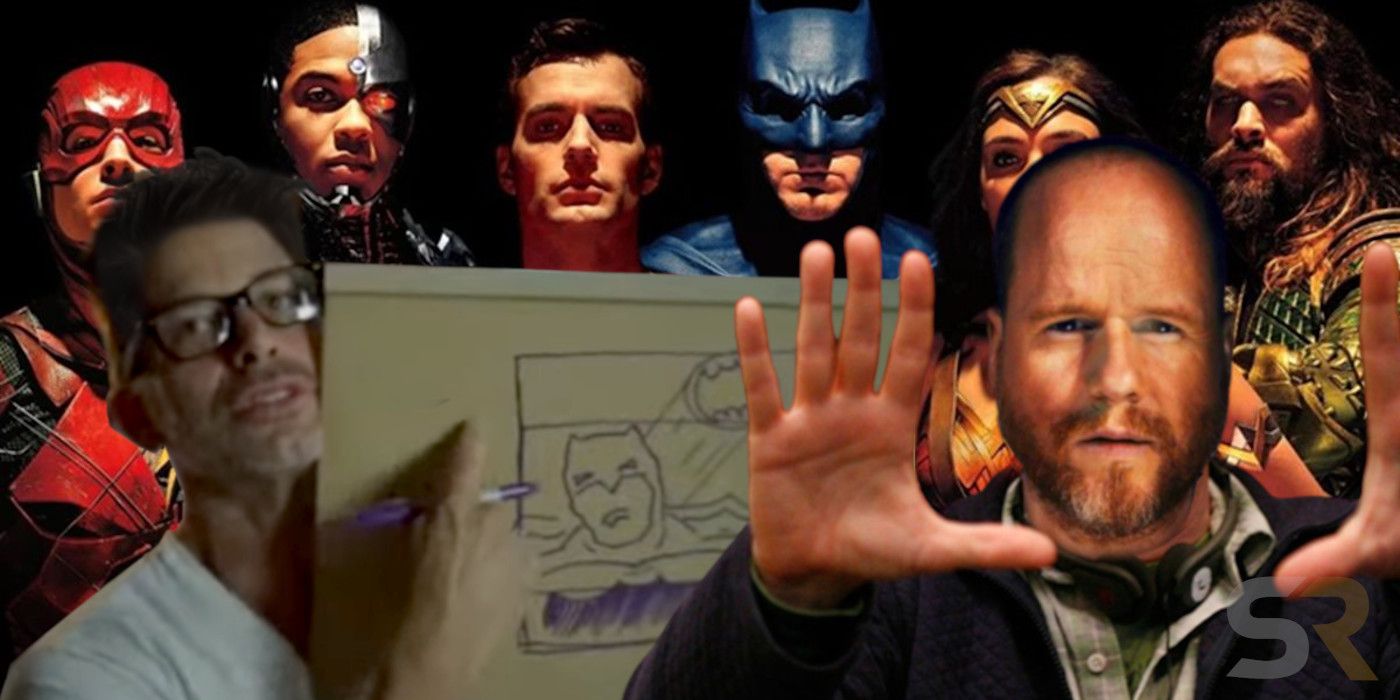
One of the Snyder Cut's most immediately apparent changes is the restoration of Snyder's original aspect ratio of 1.33:1. During principal photography, Snyder wanted to use the typical IMAX ratio for the whole film, unlike Batman v Superman: Dawn of Justice, where it was only used in a few scenes. The additional vertical space allows Snyder and cinematographer Fabian Wagner to frame shots in such a way that the same imagery can't be captured fully in widescreen, which is why many of the Whedon reshoots felt poorly framed and too tight. Snyder's aesthetic loves the human figure and statuesque poses, and the change from a wide screen to a square screen allows a single figure to dominate the majority of a shot without being too tightly cropped.
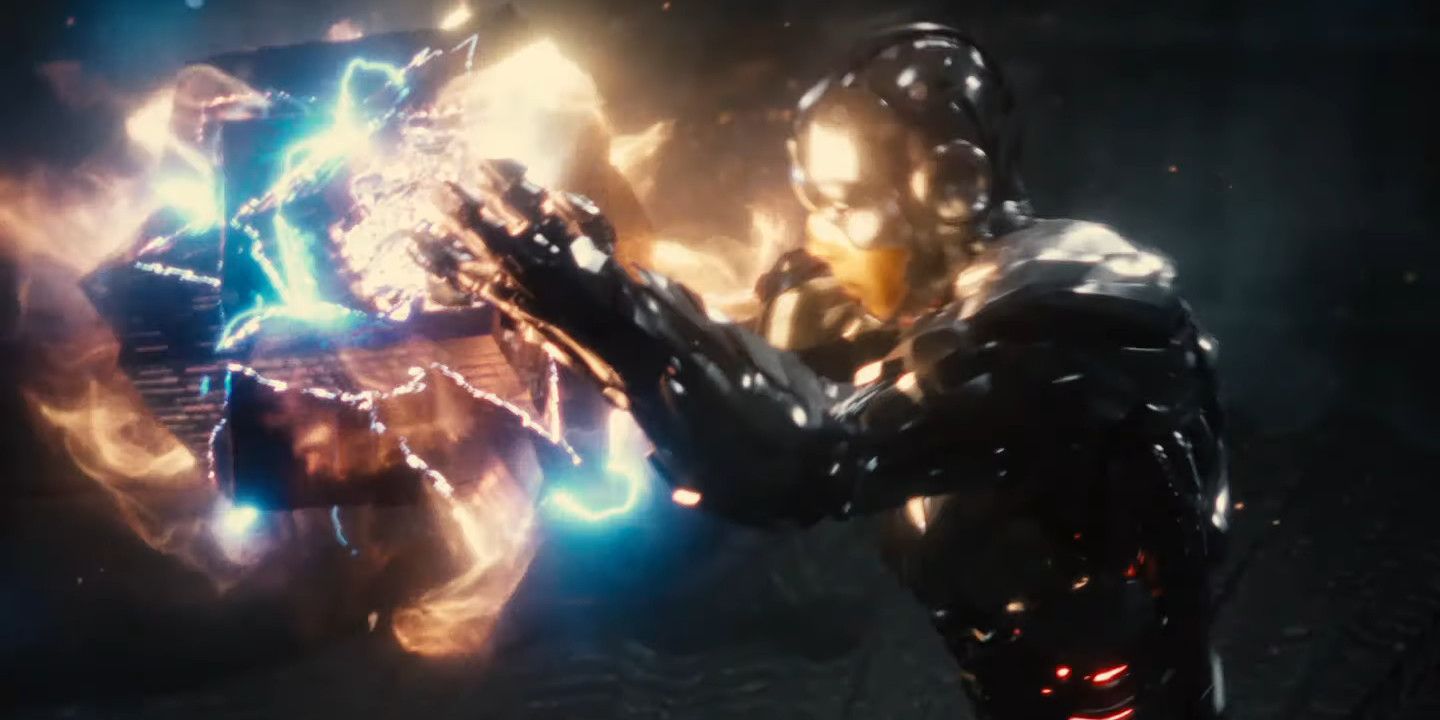
Zack Snyder has been well known for his visual aesthetic ever since the release of 300. His aesthetic choices are one of the more polarizing aspects of his filmmaking approach, and the darker, more natural, and high contrast looks of Man of Steel and Batman v Superman: Dawn of Justice were a subject of controversy for some, so that was one of the biggest changes in the Joss Whedon version of the film.
The theatrical cut didn't merely lighten every shot, but also increased the saturation in a color grade that added an almost salmon-colored hue to the whole movie. Everything was more orange and pink, especially skin tones, and the entire third act was bathed in a red-orange light that ultimately also washed out much of the contrast, making the visuals pop far less.
Snyder, of course, returned to his preferred palate in the Snyder Cut, although it should be noted that due to the characters and story being told, there's a lot of visual variety, making it far brighter and more colorful than Batman v Superman, and possibly even more than Man of Steel. Of course, the third act is also returned to its dark, high contrast look, and is one of the most praised aspects of the film.
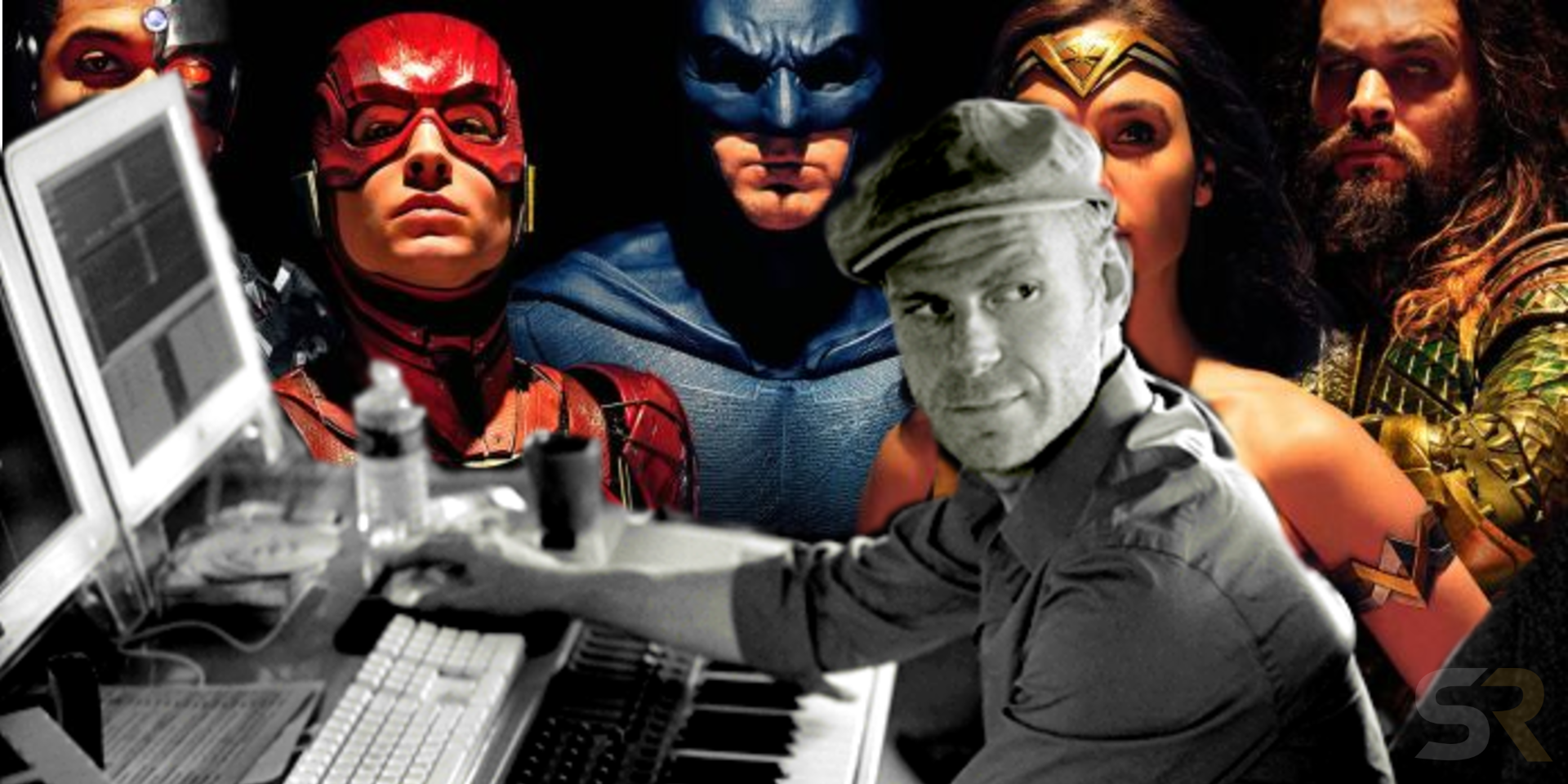
Tom Holkenborg (Junkie XL) worked with Hans Zimmer on Man of Steel and graduated to splitting credit with him on Batman v Superman: Dawn of Justice and was set to be the sole credited composer on Justice League before Snyder stepped down and Danny Elfman was hired to replace Holkenborg.
While much of his score was already completed, Holkenborg spent 8 months in quarantine in 2020 to compose an entirely new score, which he calls his "Mount Everest" as it's the longest score ever released. While Elfman's more whimsical style and iconic Batman '89 score is iconic, it didn't fit at all with the original tone of the movie. Junkie XL's 4-hour score, however, brings all the bass drums and bombast expected from a massive Snyder project but also embraces the iconic Hans Zimmer Superman theme from Man of Steel.
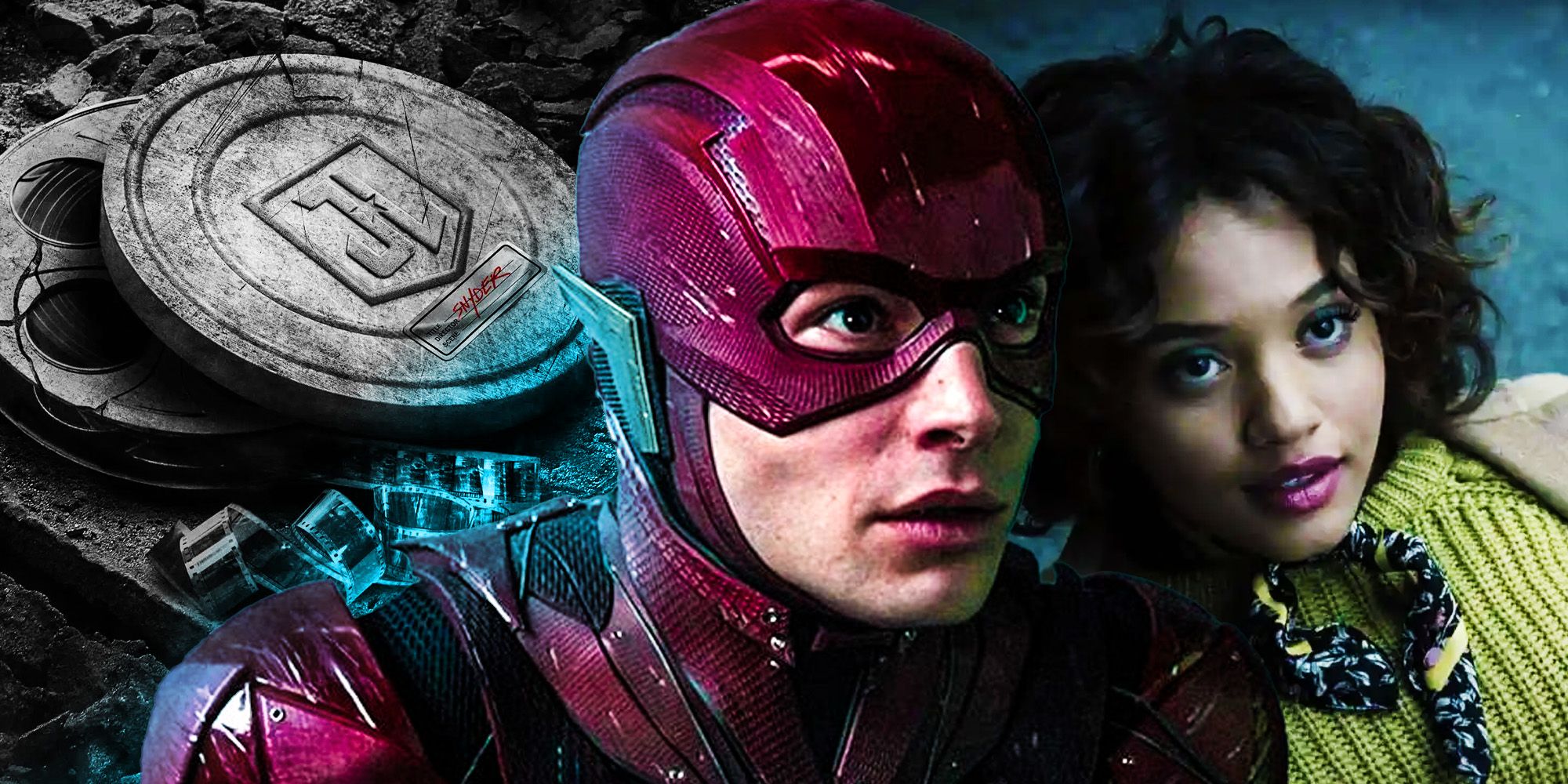
While the theatrical Justice League was just two hours long, Zack Snyder's Justice League comes in at a full 4 hours. Snyder was subjected to a 2-hour mandate by Warner Bros., which was part of the major struggle with his edits of the film prior to his departure. Presumably, Whedon was subject to the same requirement as his cut is exactly two hours long.
If Snyder's movie had been released in theaters in 2017, there's almost no chance it would have been four hours. It's hard to see the studio agreeing to more than 3 hours, and even that would have been a struggle, but due to the nature of the campaign to "Release the Snyder Cut" and the HBO Max streaming release, Snyder has far more leeway this time around, bringing an even purer "Snyder experience" to the final product. Since only about half of Whedon's version used Snyder footage (albeit cropped and recolored), Zack Snyder's Justice League has roughly 3 hours of footage that was excluded in 2017.
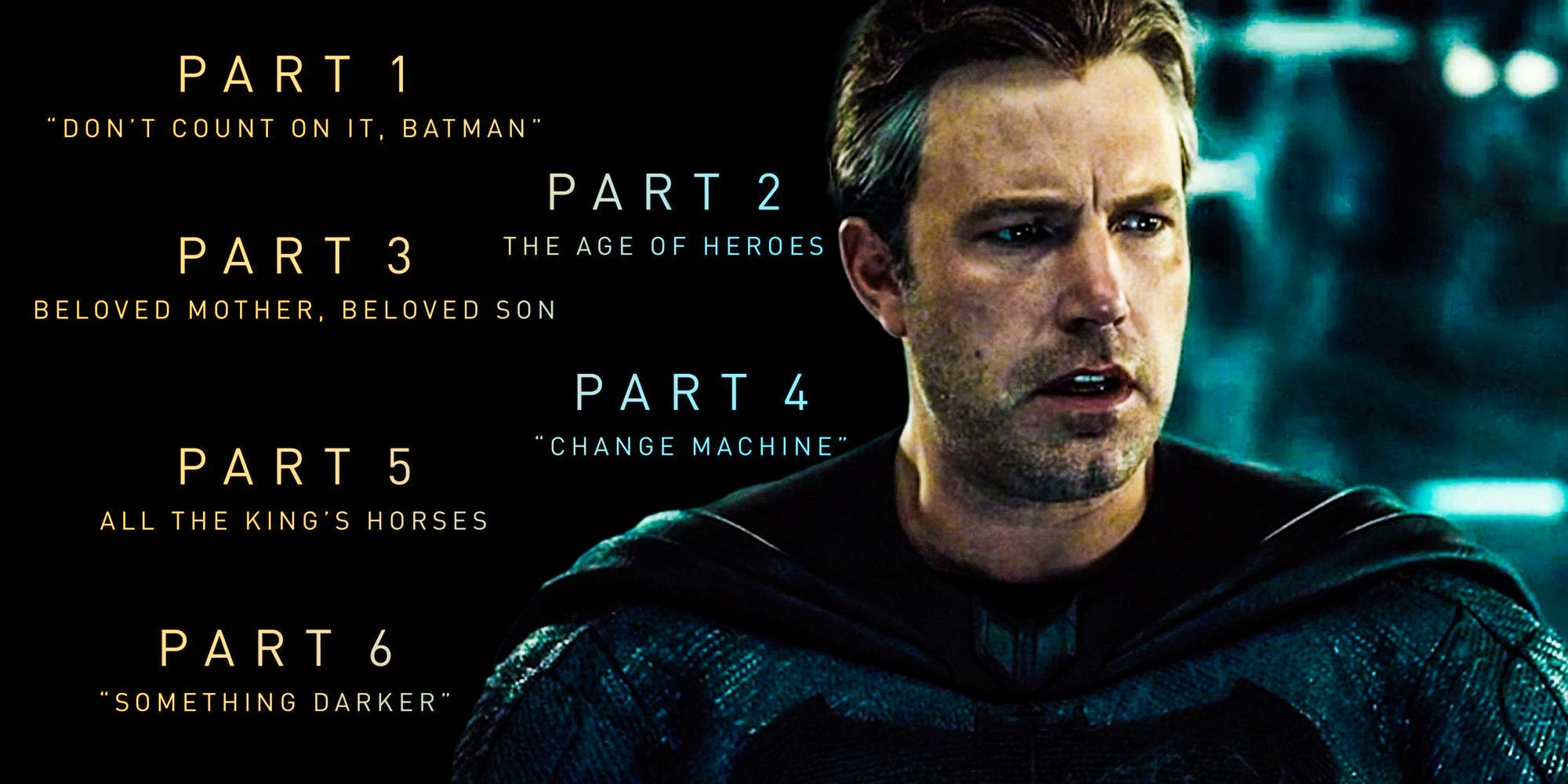
Zack Snyder's Justice League divides its 4-hour runtime into 6 different chapters and an epilogue, all marked by a fade to a black screen and title card before moving to the next chapter. Each chapter has a clear theme and arc in the movie, and the chapter cards do a great job of splitting up the 4-hour runtime into something far more consumable than many would expect. Since the 2017 Justice League was only 2 hours and lacked many of the subplots referenced in the chapter title cards, they were excluded from that version.
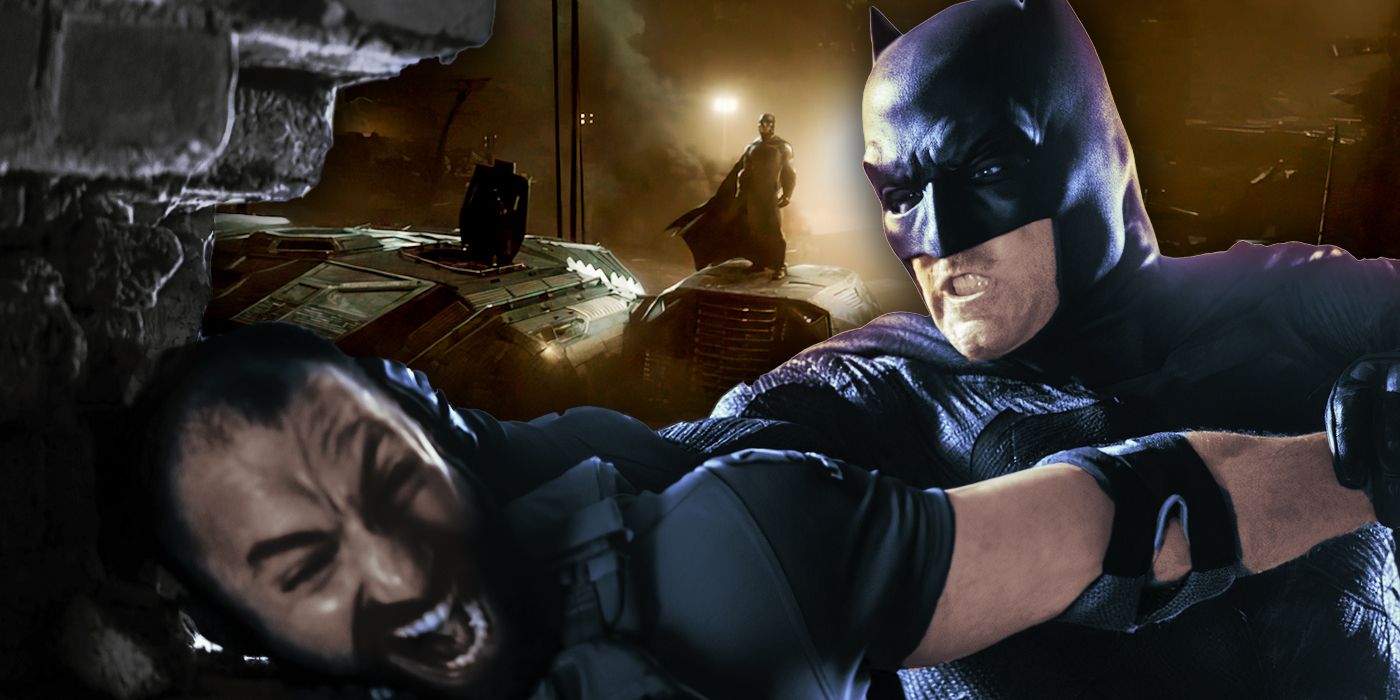
Zack Snyder has a reputation for R-rated violence in most of his movies, and that's on full display in Zack Snyder's Justice League. While Man of Steel was PG-13, Snyder's director's cut of Batman v Superman (the "Ultimate Edition"), is widely regarded as the better cut and also contains an R-rating. The movie includes lots of 300 style action, complete with CGI blood spurts, and 3 different f-bombs can be heard throughout.
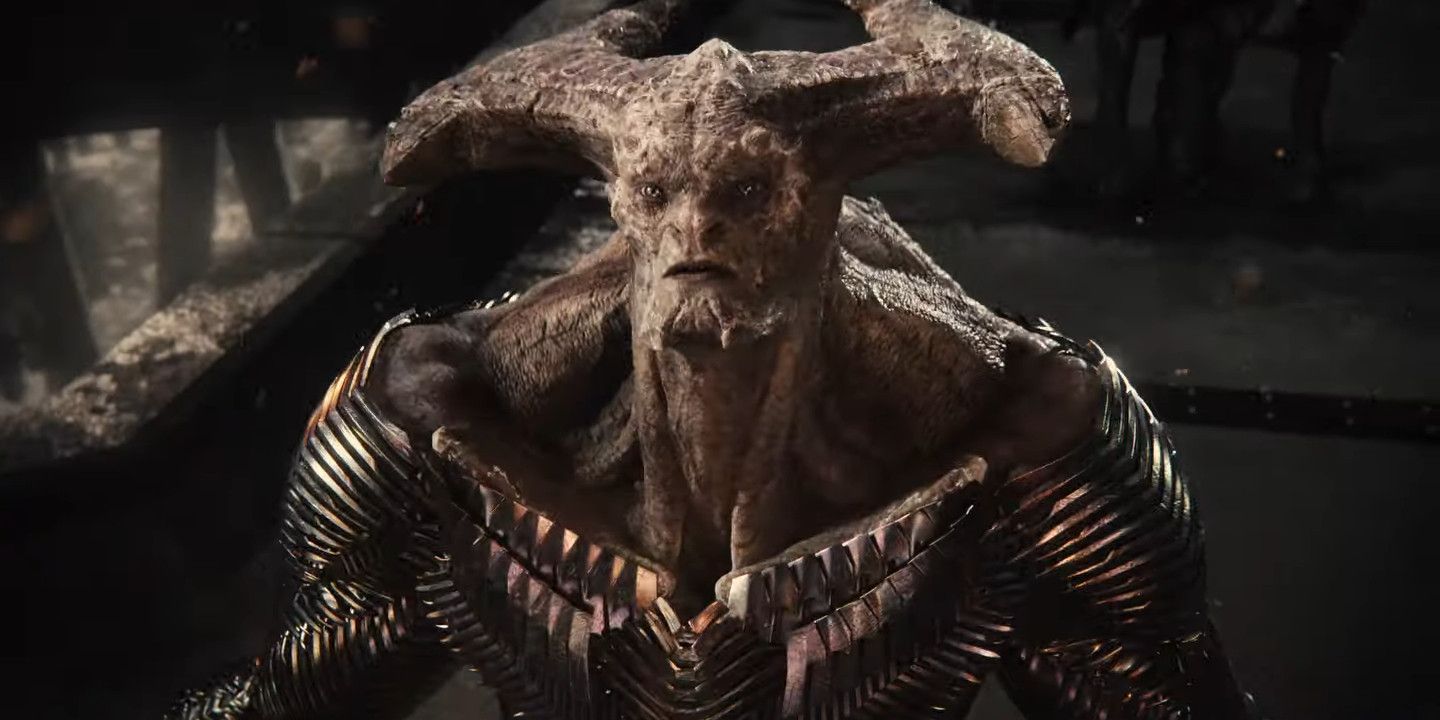
One of the biggest criticisms of Justice League 2017 was Steppenwolf. Not only was his backstory and motivation slashed down in the final edit, but his voice was also fairly non-threatening, but the big criticism was his design and VFX. Steppenwolf was originally revealed at the end of Batman v Superman (only in Zack Snyder's director's cut), but they changed his design to be more human-like for Justice League, and it just didn't work. Part of the issue was the lack of polish to the character made him feel fake, but his design also just wasn't inherently very scary.
Zack Snyder's Justice League certainly changes that in one of the most substantially praised differences, which is the return to the scary, alien-looking Steppenwolf with his spiky armor. The armor is almost a character unto itself, constantly shifting and becoming more or less spikey, adding variable intensity to Steppenwolf moments. His voice is also more modulated, making him much more fierce, giving the Justice League a truly threatening foe.
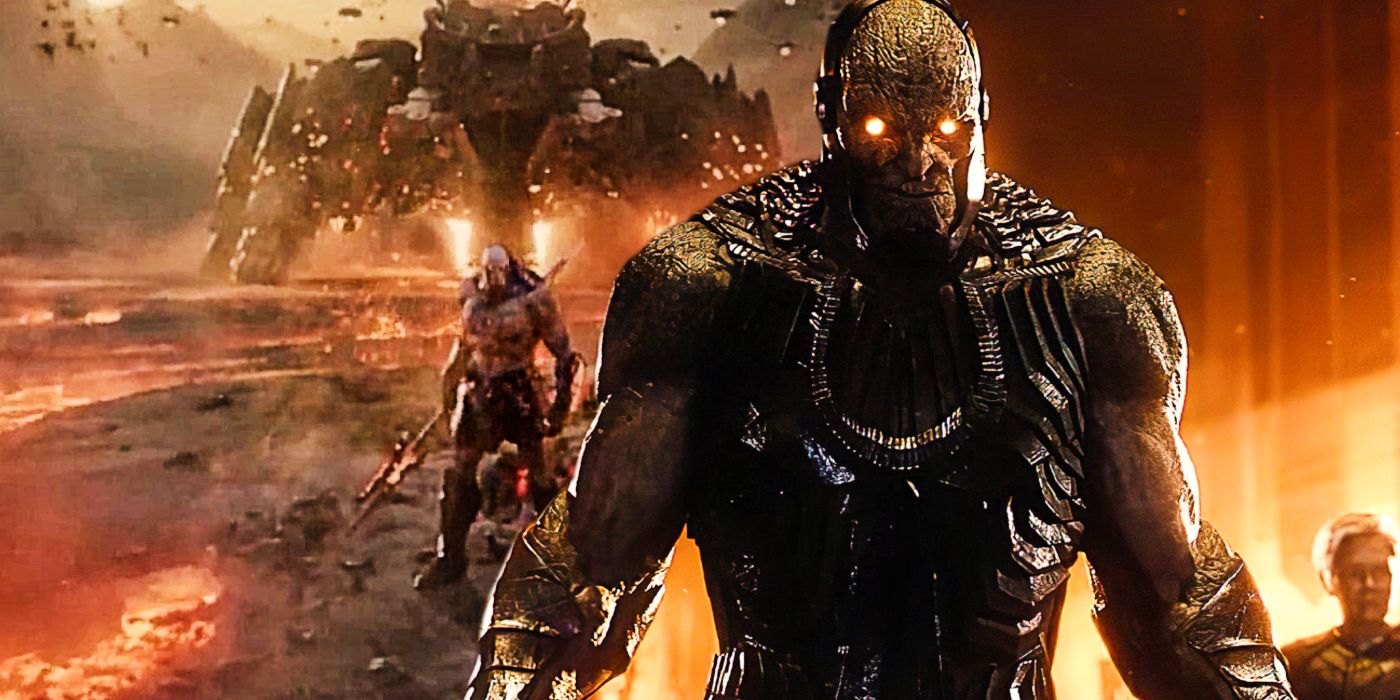
Since Snyder's original movie was so drastically rewritten and reshot by Joss Whedon, a number of characters didn't make it into the final cut of the movie, and many of them are characters from DC comics who played a significant role when they were restored to Zack Snyder's Justice League, in addition to a few characters who were added after the fact in 2020. The characters include:
Darkseid
DeSaad
Granny Goodness
Ryan Choi
Iris West
Vulko
Martian Manhunter (and Harry Lennix)
Joker
Killowag
Doomsday (Flashback)
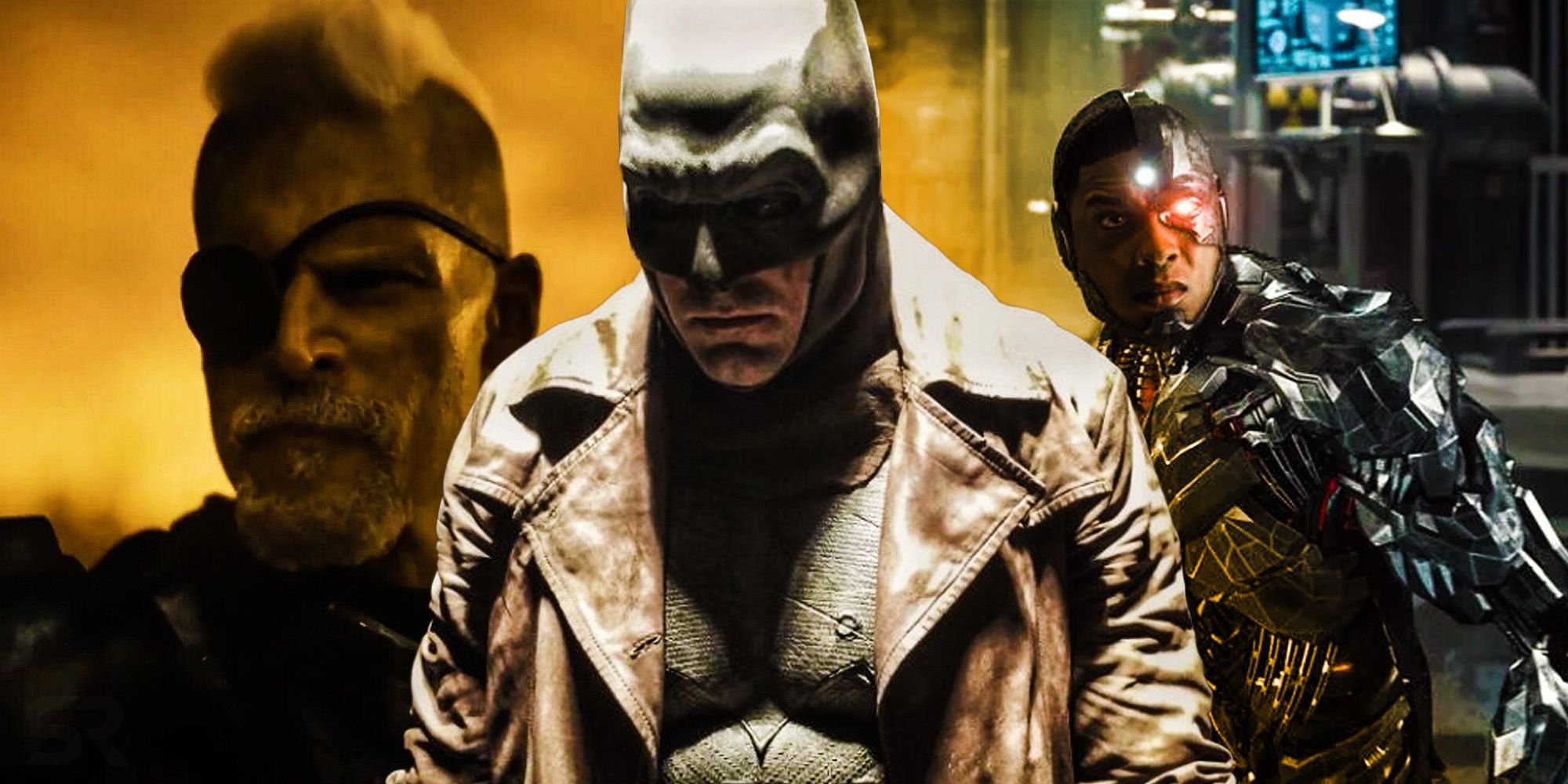
Since the Snyder Cut is 4 hours long, there's a lot more room for character development, and that's one of the movie's biggest improvements. Flash's introduction scene with Iris West is a great entry point into his character, Aquaman's trip to the Atlantean outpost establishes more of his backstory and motivation, Wonder Woman's connection to (and separation from) the Amazons becomes a major focus of her arc, and Batman trying to atone for his guilt after the death of Superman in Batman v Superman becomes a central focus for his character.
The biggest beneficiary of the expanded arcs is Cyborg, and by association, Silas Stone. Cyborg was heralded as the heart of the movie since even before the 2017 Justice League release. Every single Cyborg scene except for the GCPD rooftop scene was reshot by Whedon, so Cyborg saw a drastically altered story, making him the emotional core of the movie. Silas Stone's sacrificial end and ending monologue add a lot to both Cyborg and the rest of the characters, making his restored role integral to Zack Snyder's Justice League.
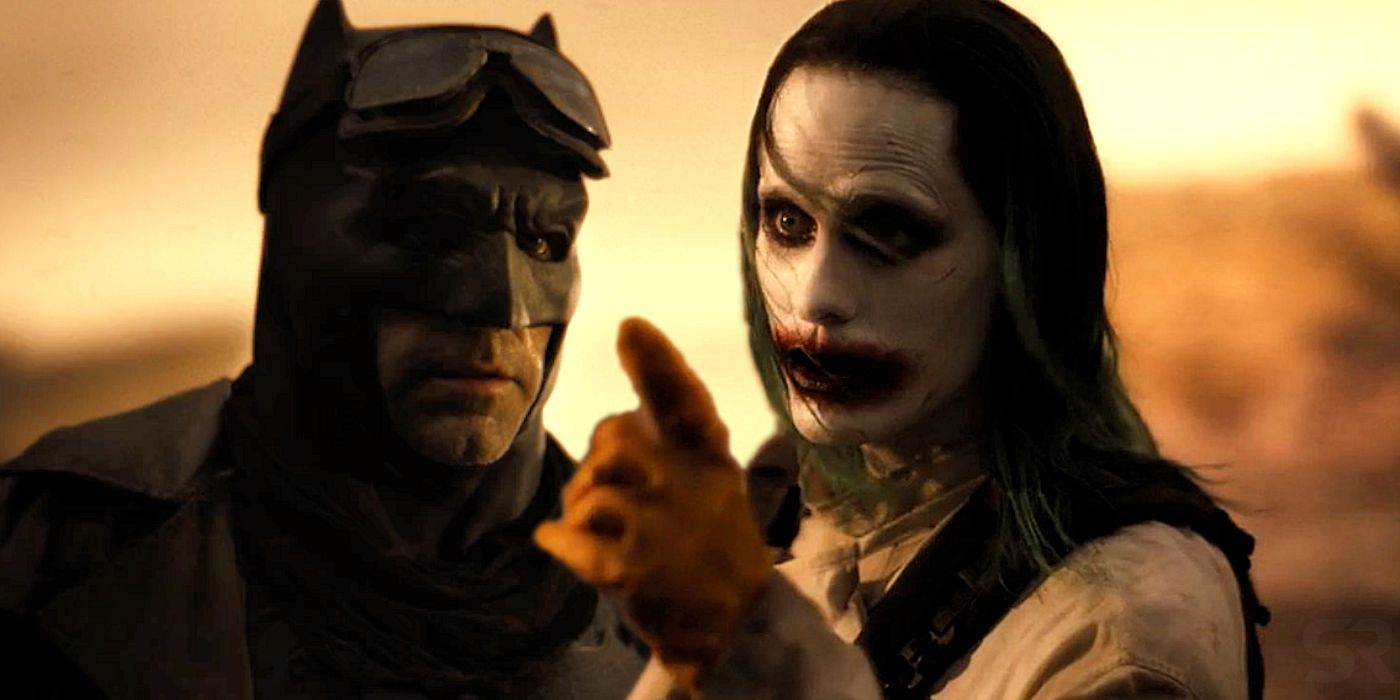
In order to complete a few elements Snyder didn't shoot in principal photography, he brought some of the cast back for brief reshoots in October 2020. The additional photography accounts for 4-5 minutes of footage and includes a Knightmare scene in the epilogue with Batman, Cyborg, Flash, Mera, Deathstroke, and Joker where they face a cliffhanger ending featuring evil Superman.
Snyder also shot a brief moment of Harry Lennix to show his transformation into Martian Manhunter, and also added him to a brief exchange with Bruce Wayne after he jolts awake following the Knightmare scene. Both Affleck and Lennix's part in this exchange are from 2020 reshoots, although a similar version of Affleck's part was shot during principal photography when the intention was to introduce a Green Lantern instead of Martian Manhunter.
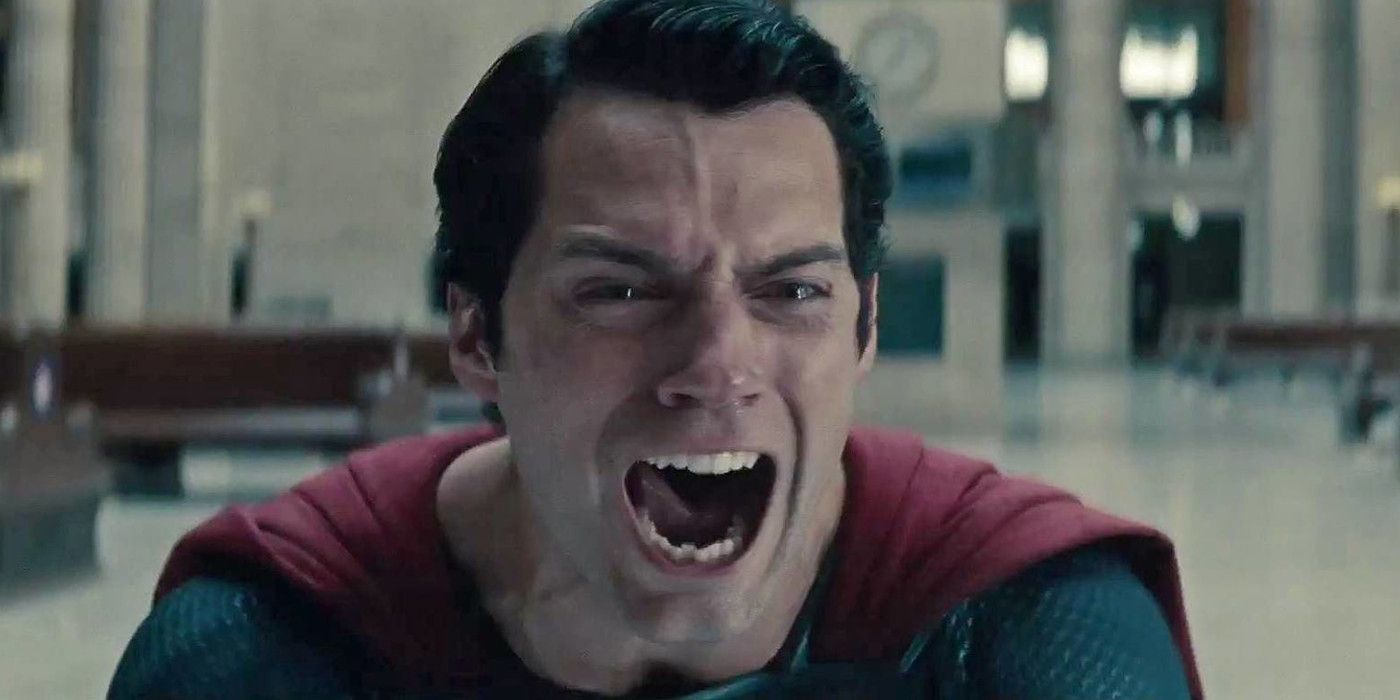
The Snyder Cut has a couple added Superman moments that reuse Superman footage from Man of Steel and Batman v Superman. They're only small moments and most viewers likely won't notice, but during Cyborg's Knightmare when Superman is seen kneeling and holding Lois Lane's dead body, Darkseid puts his hand on Superman's shoulder in a shot from after Superman kills Zod in Man of Steel, only the shot is reversed.
The second shot is at the end of the Knightmare, and it's repurposed from Batman v Superman when Superman drops down into the house in Nairomi where he rescues Lois Lane from the warlord. Both shots only stand out to anyone familiar enough with the original footage to recognize it, but due to pandemic restrictions in 2020 and Henry Cavill's busy schedule shooting The Witcher, he wasn't able to join for Snyder's reshoots.
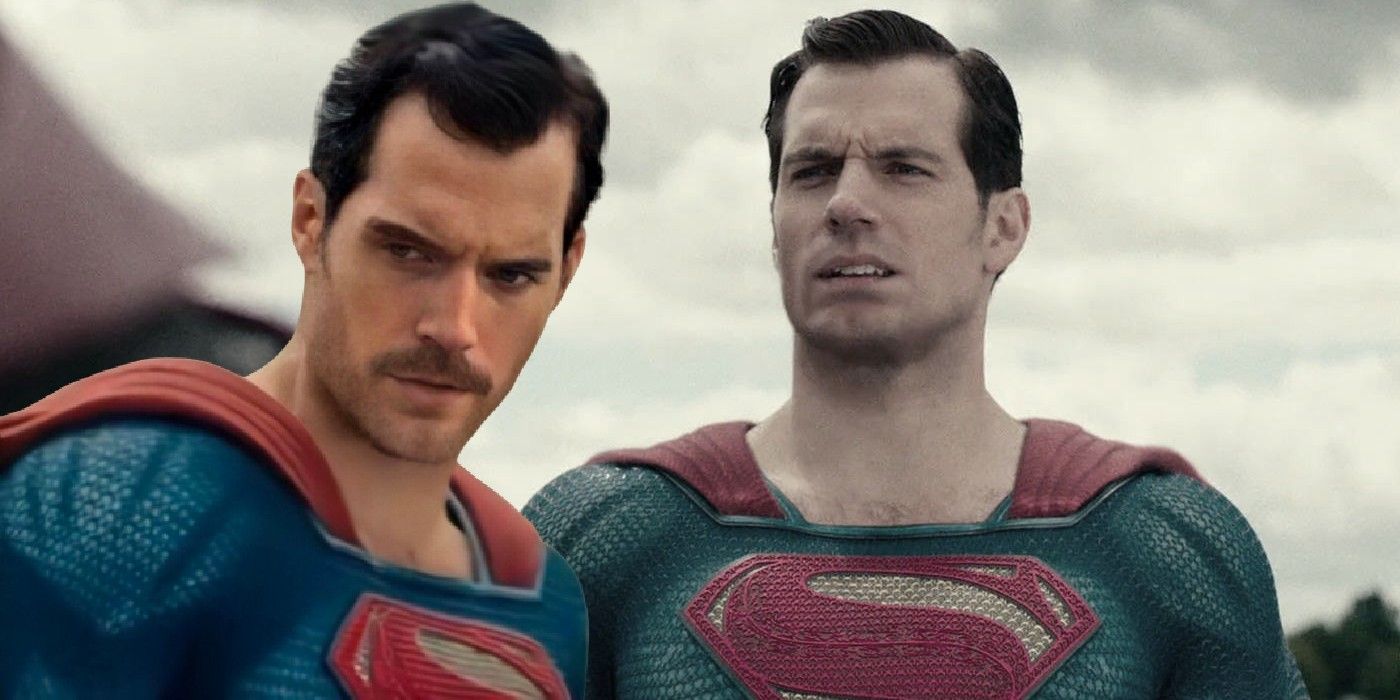
Speaking of Henry Cavill and reshoot scheduling issues, when Joss Whedon originally did reshoots in 2017, Henry Cavill was shooting Mission: Impossible - Fallout and couldn't shave the mustache he grew to play August Walker. As a result, they had to digitally remove Henry Cavill's mustache for Justice League and the results were less than stellar, leading to years of internet memes of Henry Cavill's uncanny valley face.
Cavill didn't have the mustache during Snyder's principal photography, so the problem is entirely a product of Whedon's reshoots and therefore Henry Cavill's clean-shaven face is present for all his scenes in Zack Snyder's Justice League.
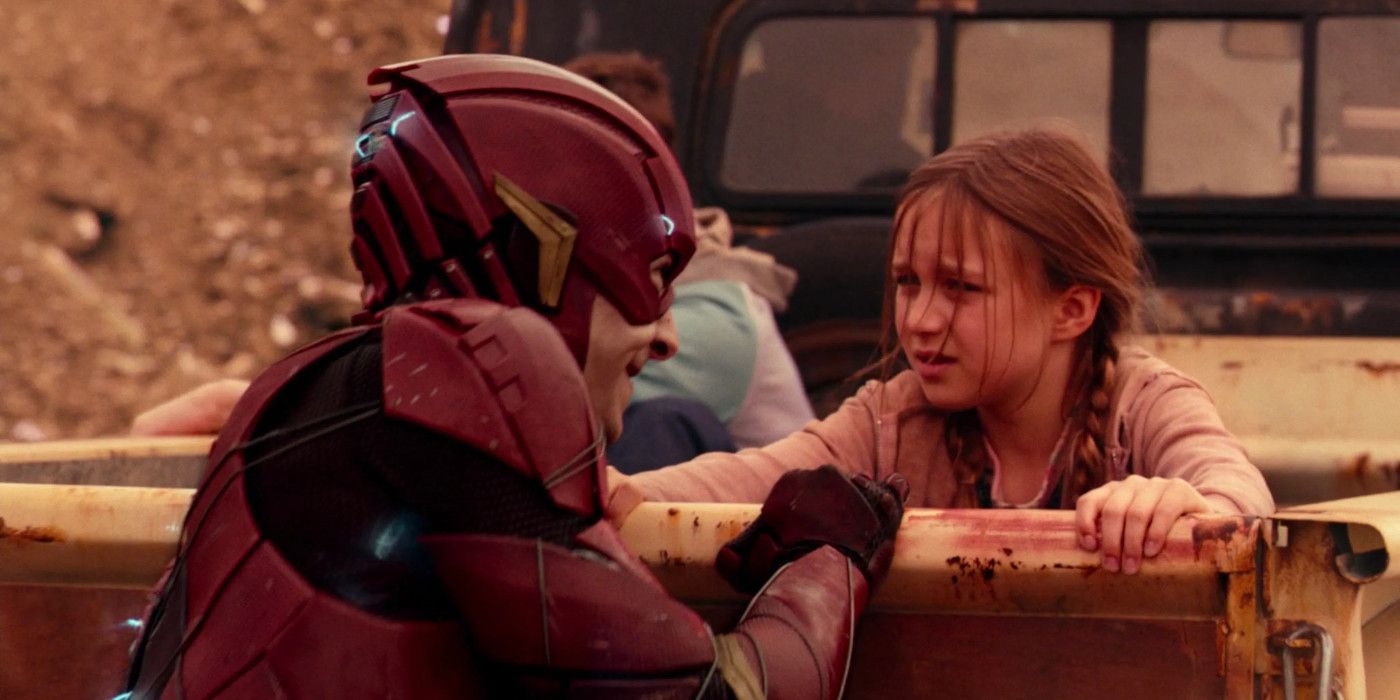
In a presumed attempt to add more personal stakes to the movie instead of focusing solely on the heroes, Joss Whedon added additional scenes featuring a Russian family in their home near the nuclear reactor Steppenwolf takes over in Pozharnov. The family never fully fit and felt cheap and distracting in Whedon's version, and it's entirely absent in the Snyder Cut.
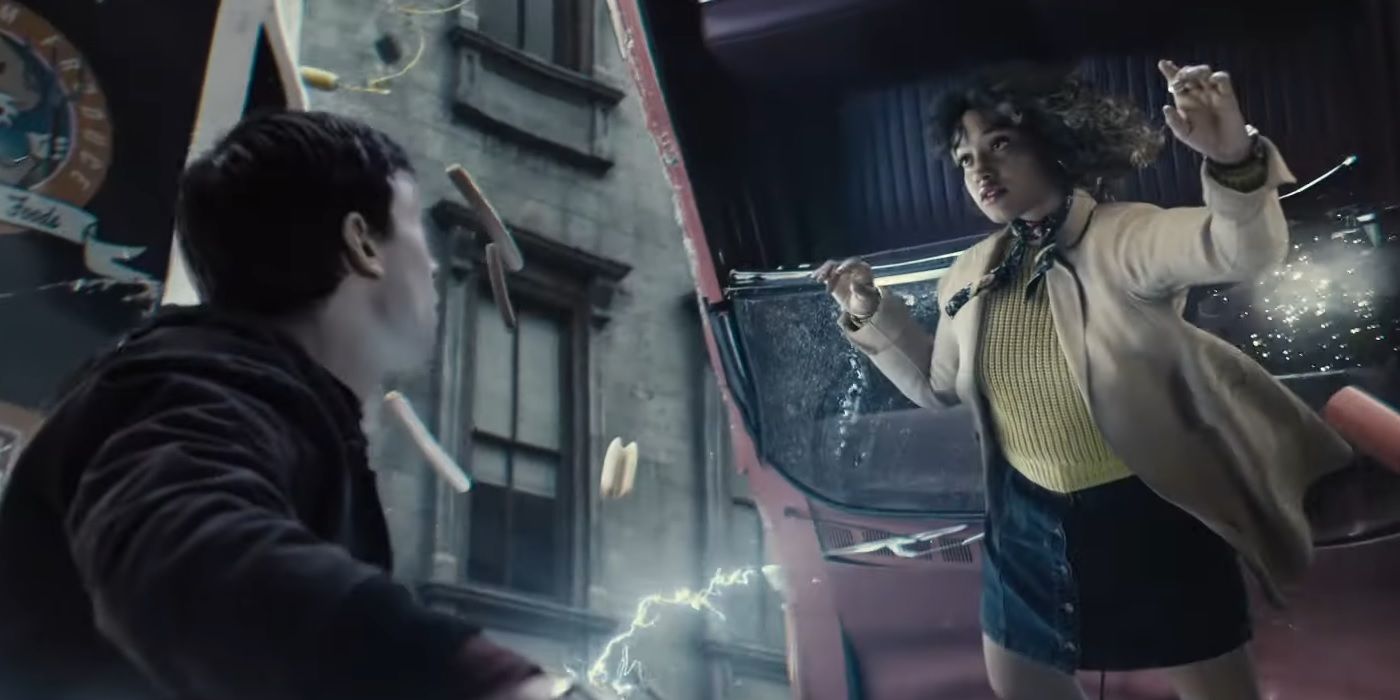
Justice League 2017 cut most of the backstory and setup for the new characters, and one of the victims was Flash's introductory scene, where he's applying for a job as a dog walker when he saves Iris West from a car accident, which does a lot of work in establishing his character, personality, and skill set. It's also one of the more touching and humorous moments of the movie, so it's odd Whedon removed it, since it's exactly the kind of thing he was asked to add by Warner Bros.
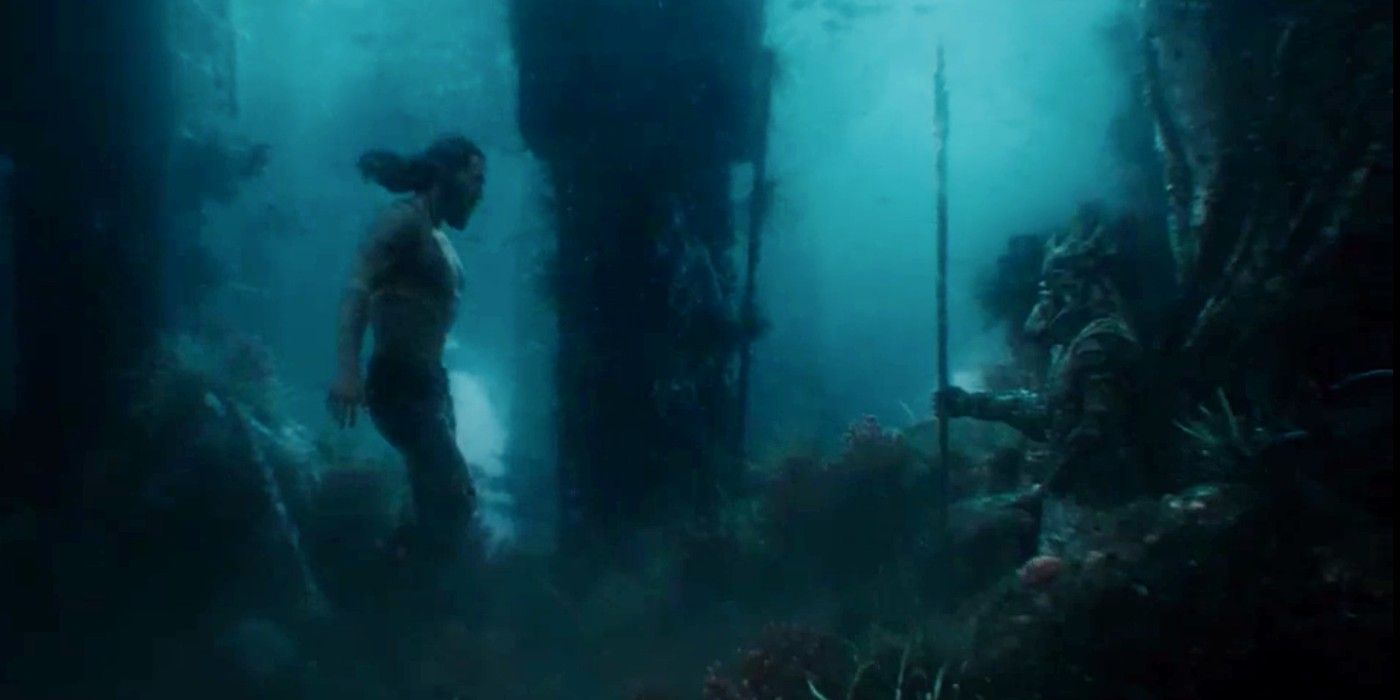
Aquaman goes to the Atlantean outpost in Justice League 2017, but the Snyder Cut features even more interaction, including scenes with Vulko establishing Aquaman's backstory and motivations. This scene also explains where Aquaman's armor and trident came from, since they just appear in Justice League 2017 with no explanation. There's also a scene of Steppenwolf pulling Atlantean soldiers out onto land to interrogate them about the location of the Mother Box.
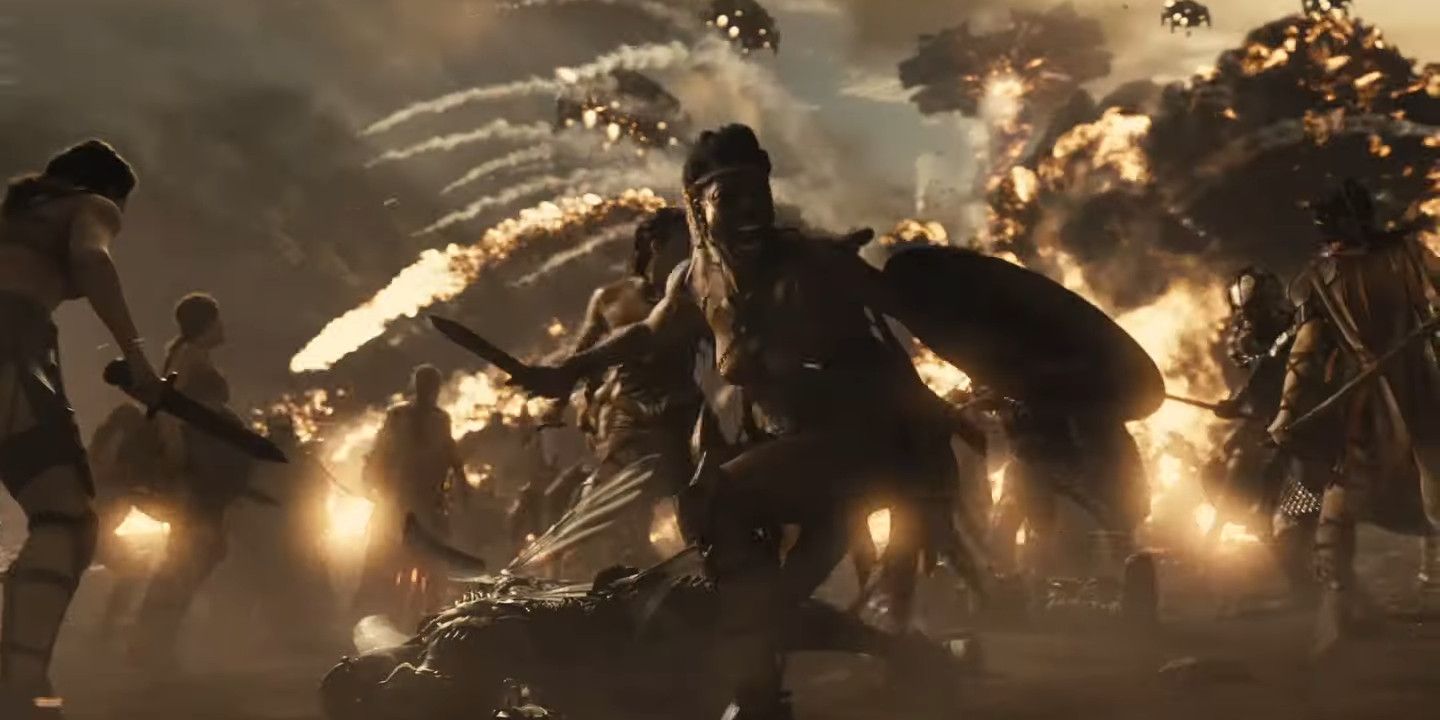
The History Lesson flashback scene follows the same general plot as in Justice League 2017, but the major difference is it features Darkseid instead of Steppenwolf. On top of that, it's a bit longer and better edited, has a little more Green Lantern in it, and has a much more epic fight (albeit a short one) between Darkseid and Ares, the God of War. Also, in this version, it's clear the alliance of Atlaneans, Amazons, and men (featuring far more diverse tribes of men than before) are much more clearly victorious, significantly changing our perception of how Darkseid might feel about the threat of Earth, and why the Mother Boxes stayed dormant for so long.
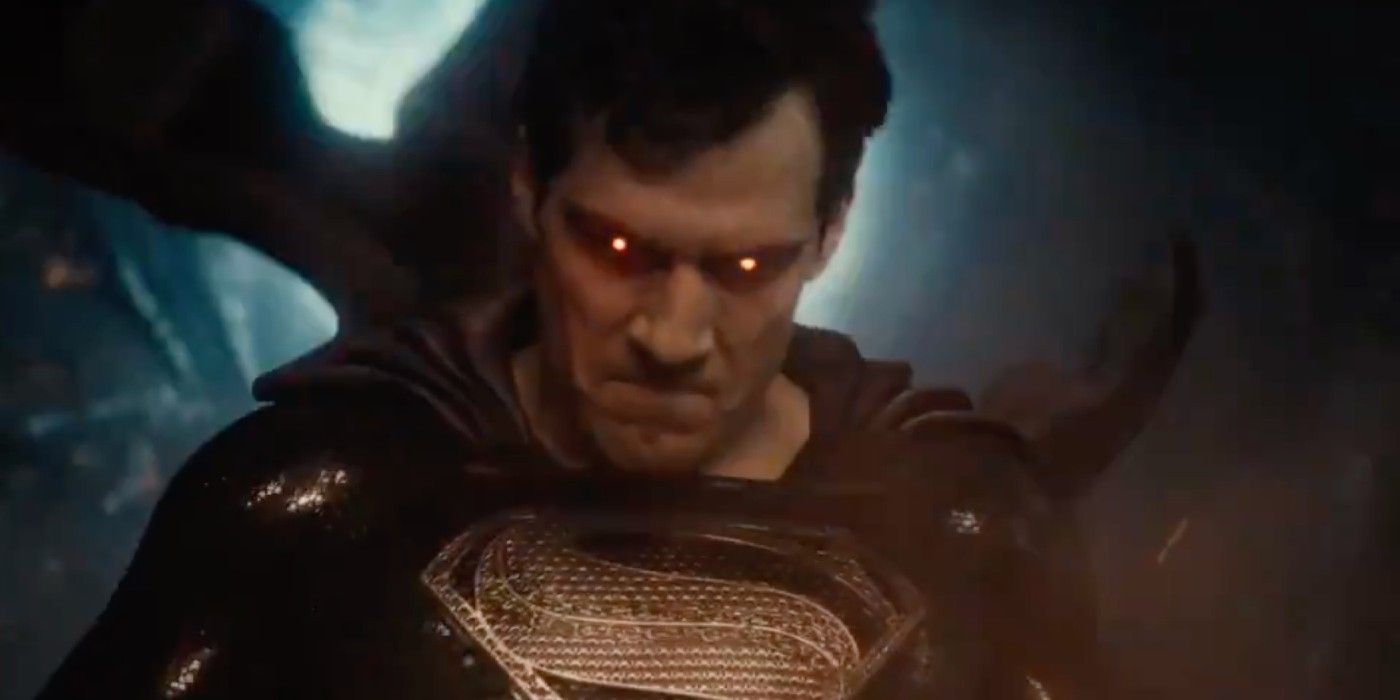
Zack Snyder always wanted Superman to wear the black suit after the League brings him back from the dead, just like in the comics. Unfortunately, Warner Bros. didn't allow it, so instead, Snyder worked with his crew to produce and shoot the Superman suit in a way that would be much easier to convert to black and silver in post-production if he could change WB's mind. Obviously that didn't happen for the theatrical, but the Snyder Cut has the black and silver suit in all its glory.
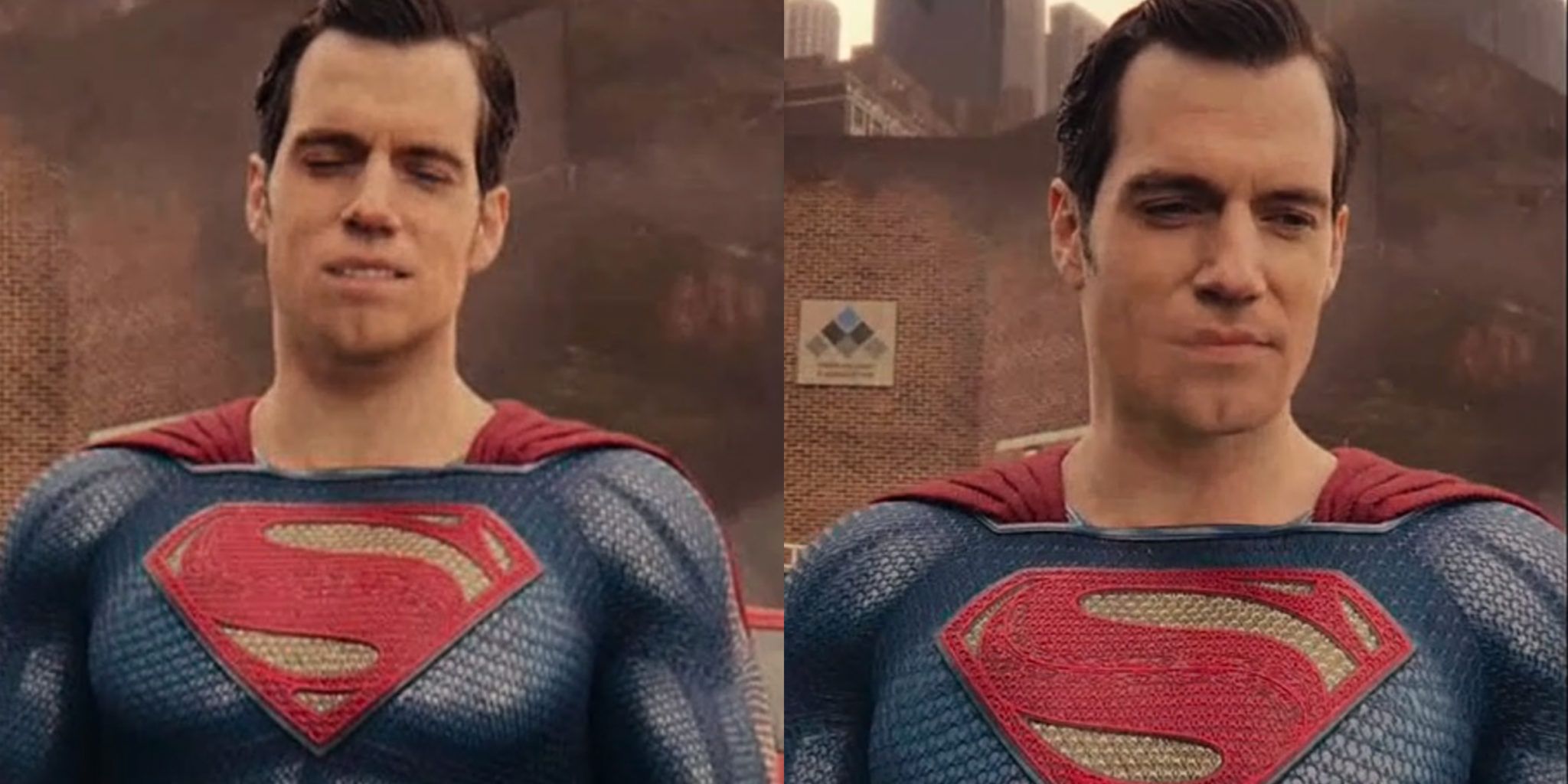
Just like how Batman v Superman: Dawn of Justice explored the climax of Man of Steel from a new perspective, Zack Snyder's Justice League opens with Superman's death in Batman v Superman, showing Batman and Wonder Woman's reaction to his sacrifice, which is what inspires Bruce Wayne's entire arc to bring together the Justice League.
This was cut in Justice League 2017 in favor of a cell phone video of two kids interviewing Superman. While there may be a version of a Superman movie where that quaint video works, it wasn't only a total tonal mismatch with the rest of the movie, but also prominently featured Henry Cavill's CGI mustache removal, which was needless to say a jarring way to open the movie.

In Justice League 2017, much of the sequel set-up from Snyder's version was cut or altered, as the DCEU was moving in a different direction, but the characters all have their original endings back, which largely sets up for long-since canceled solo-films, with a few exceptions.
Batman is shown having rounded up a gang of criminals and tied them up in front of his tank-like "War Machine." The big detail about this shot is the fact that the criminals are tied up, whereas he's more known for branding, seriously injuring, or killing criminals in his introduction in Batman v Superman. There's also another scene where Lex Luthor tells Deathstroke that Bruce Wayne is Batman, setting up Affleck's canceled solo movie.
Wonder Woman is shown holding the arrow of Artemis and looking out over the ocean, implying she's seeking a way to get back to her people on Themiscyra, possibly setting up a different version of Wonder Woman 2, although since Wonder Woman 1984 was a prequel, this story isn't off the table yet.
Barry Allen reveals his "foot in the door" job at a crime lab to his dad, setting up a sequel where Cyborg helps him clear his dad's name. While the new version of The Flash movie could deal with Barry trying to exonerate his dad, Cyborg has been removed due to Ray Fisher's conflict with the head of DC Films, Walter Hamada.
Aquaman's last scene is set-up for his solo movie where he tells Vulko he's going home to see his dad. While the setup itself is fairly clean, the Snyder Cut does introduce some minor continuity contradictions with Aquaman.
Cyborg's ending shows him reassembling the tape recorder with Silas Stone's closing message on it, suggesting his technological powers are expanding, and the overall call from Silas in that message is for him to embrace his ability as a hero and grow. It's been revealed the ultimate plan for Cyborg was for him to become almost as powerful as Doctor Manhattan, so this is definitely a step in that direction.
Superman's ending shows him assuming the role of Clark Kent again and doing the classic shirt rip, just like the theatrical cut, only now he's wearing the black and silver Superman suit.
Ryan Choi also gets his own moment here where he's made STAR Labs' head of nanotechnology, where he simply says "that's my thing." Snyder has since revealed that he pitched an Atom movie with a Chinese cast to WB.
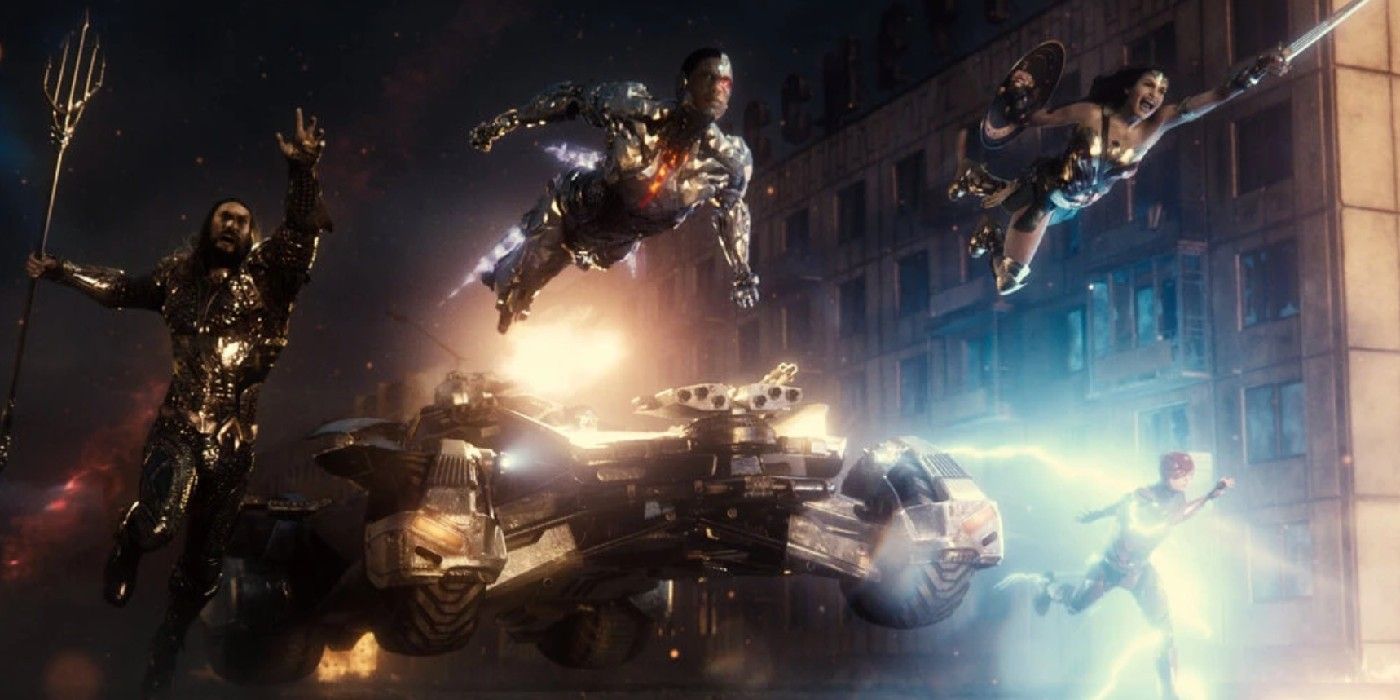
While the basic premise of sopping Steppenwolf from destroying the world with the Mother Boxes is the same, the third act battle is quite different in Zack Snyder's Justice League. The absence of the red hue throughout is an obvious major difference, but it's also longer, more violent, and has a lot more teamwork between the league, including an epic speed-ramped team shot.
Flash was mostly sidelined in the theatrical cut as he was running to save civilians, but in the Snyder Cut, he's actually building up speed to give Cyborg a charge and help project him into the Mother Boxes to stop the unity. He fails and the unity explodes, so he has to run fast enough to time travel back to save the League before giving the charge to Cyborg. Also, instead of Steppenwolf being dragged away by parademons, a Boom Tube opens revealing Darkseid, DeSaad, and Granny Goodness, and Aquaman stabs Steppwnolf in the back to lift him up on his trident, Superman punches him through the Boom Tube, and Sonder Woman cuts off his head before he travels through the tube. His head landing under Darkseid's boot before it's crushed. Darkseid then tells DeSaad to ready the Armada to invade Earth. Without the Mother Boxes, they'll have to "do it the old way."
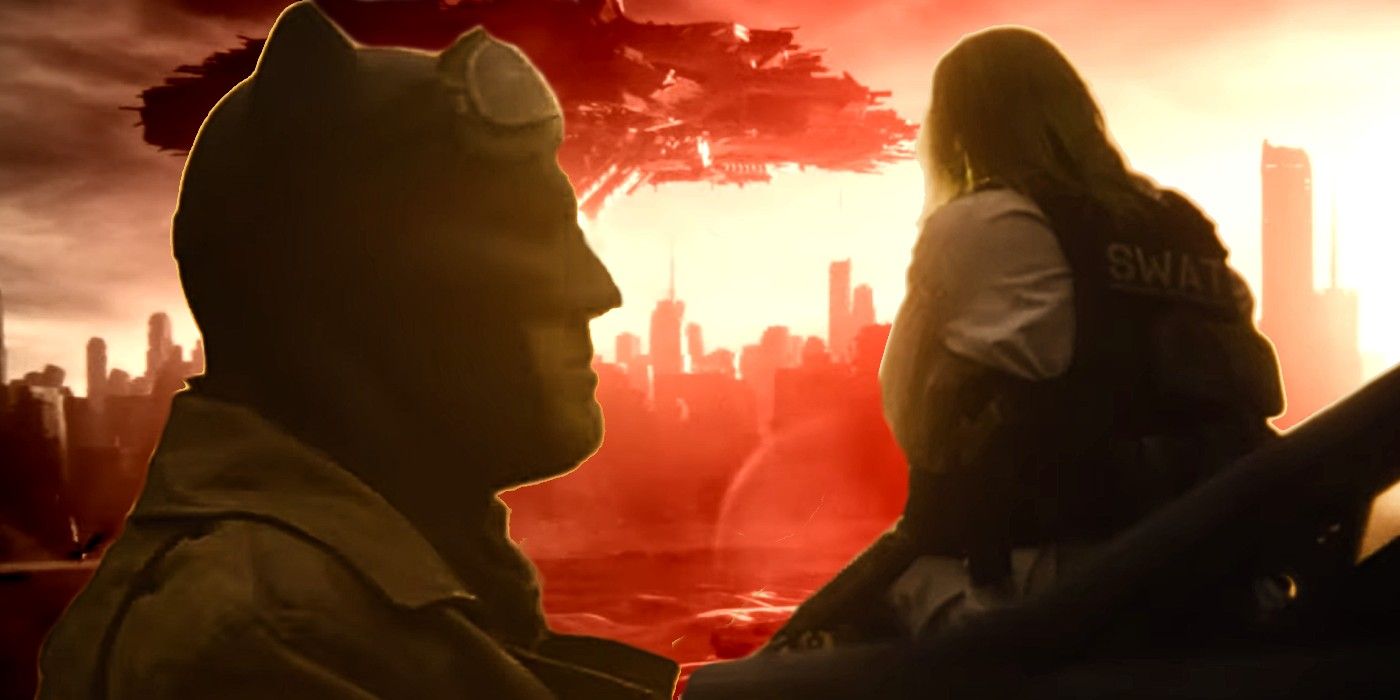
After the polarizing response to Batman v Superman's Knightmare scene, that storyline was entirely removed from Justice League 2017. Of course, the Snyder Cut brings it back with a raging fury. Starting with a Knightmare vision by Cyborg where the Mother Boxes scorch the Earth, he sees Wonder Woman dead on a funeral pyre as Darkseid looks on, Darkseid killing Aquaman and Vulko with Omega beams, a destroyed Hall of Justice with Easter eggs from several major characters including the dead body of the Green Lantern Killowag.
Related: Justice League's Complete Knightmare & Future Timeline Explained
Finally the biggest reveal of this vision is Superman, kneeling in the Batcave holding Lois Lane's burned corpse as Darkseid stands over him and puts his hand on his shoulder, as Superman is about to succumb to the anti-life equation, which is supposed to start the Knightmare future.
We get an additional Knightmare scene in the end, revealing Batman's Knightmare Justice League, including Cyborg, Flash, Mera, and Deathstroke. The scene shows Batman make an uneasy alliance with Joker before Superman arrives, his eyes glow red, and Bruce snaps awake.
https://ift.tt/3s4OOnE
March 20, 2021 at 05:38AM




